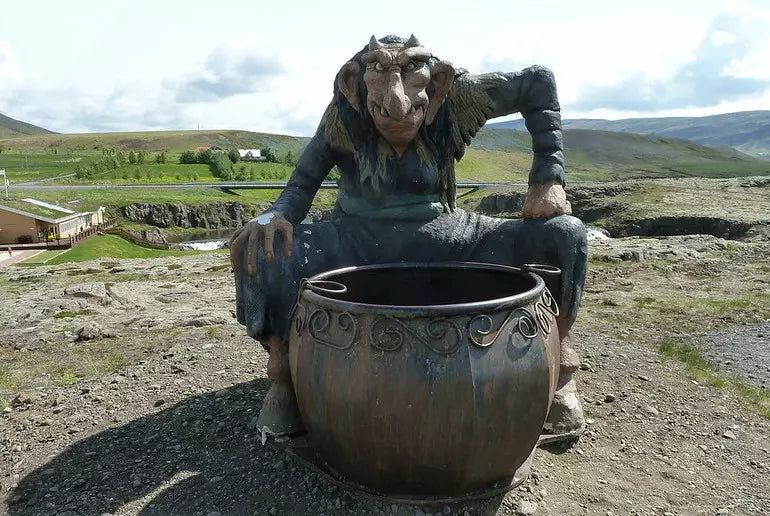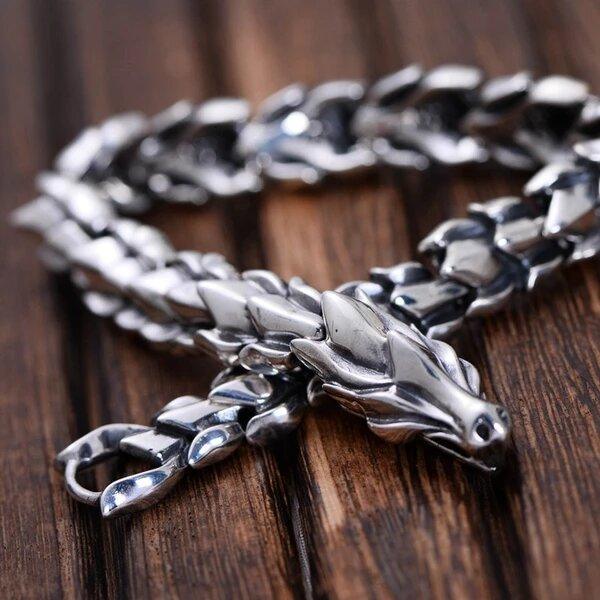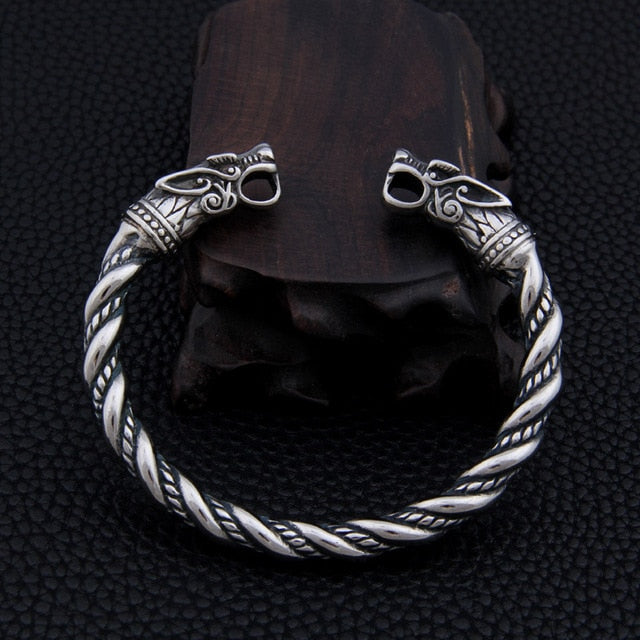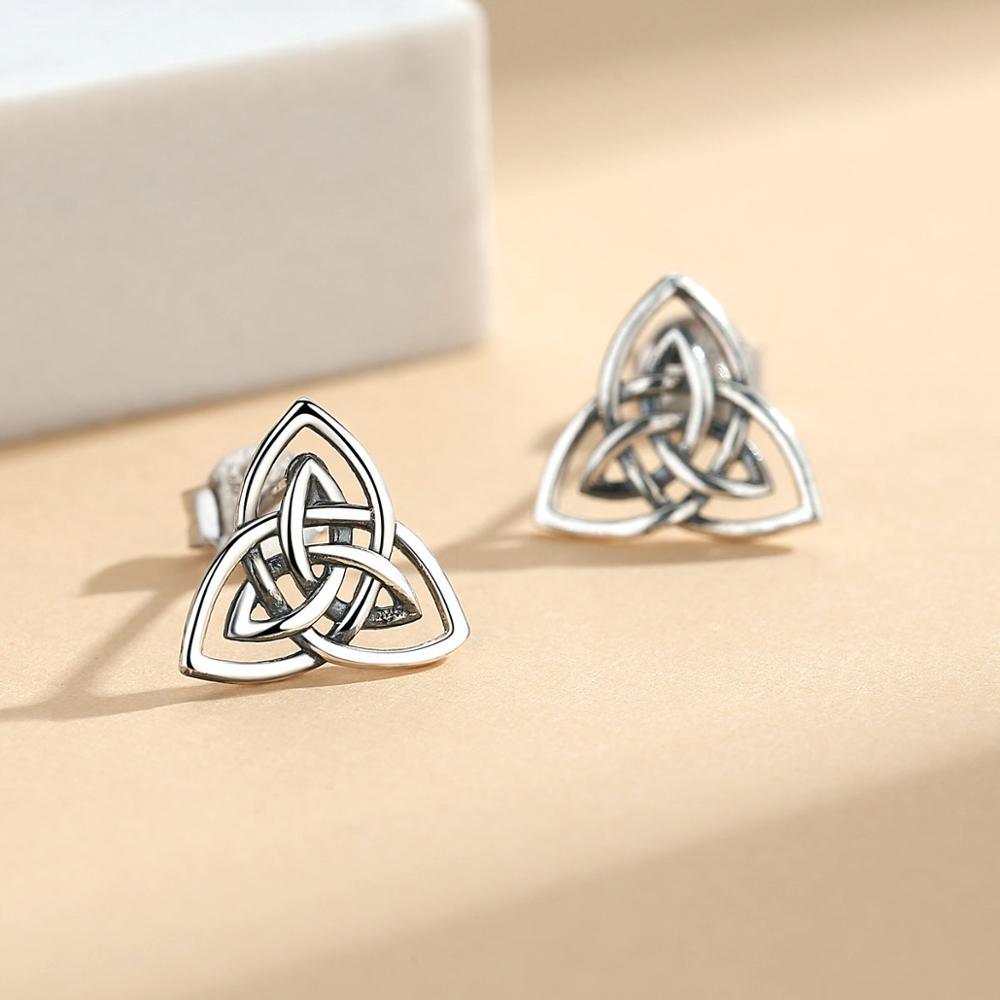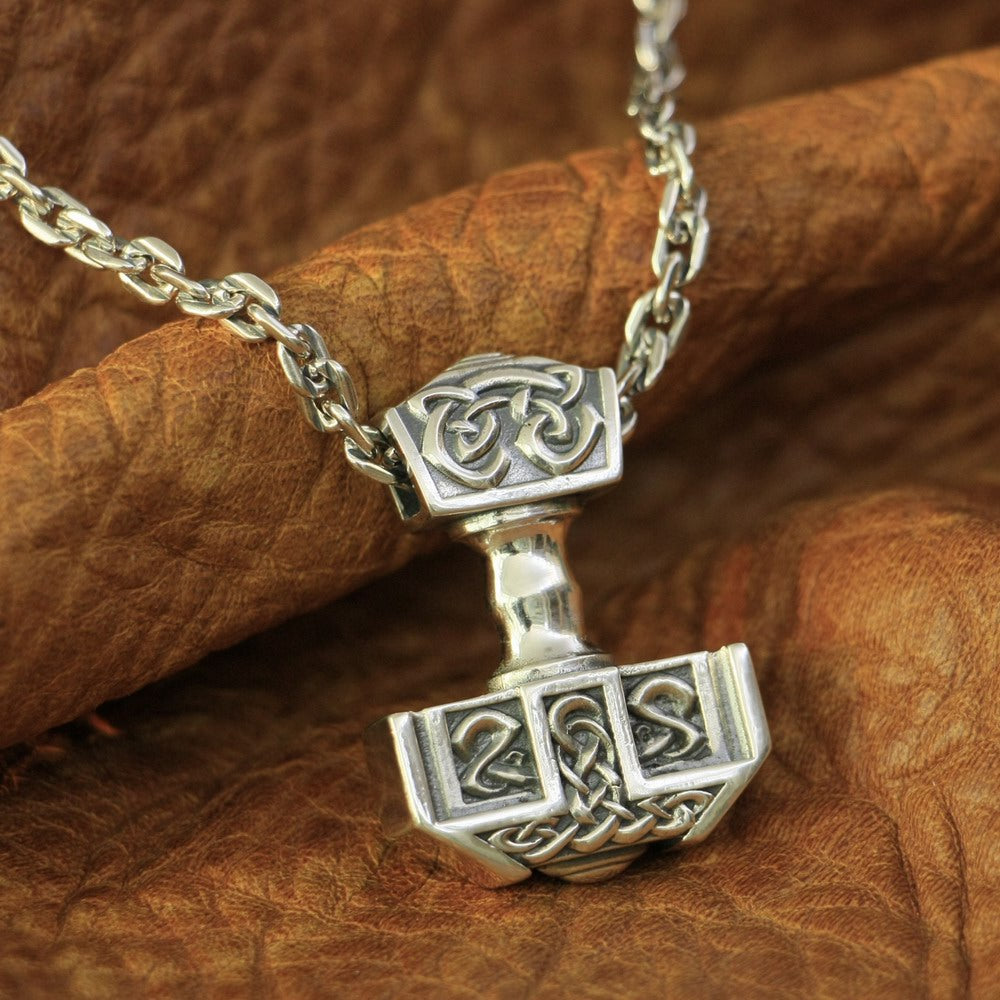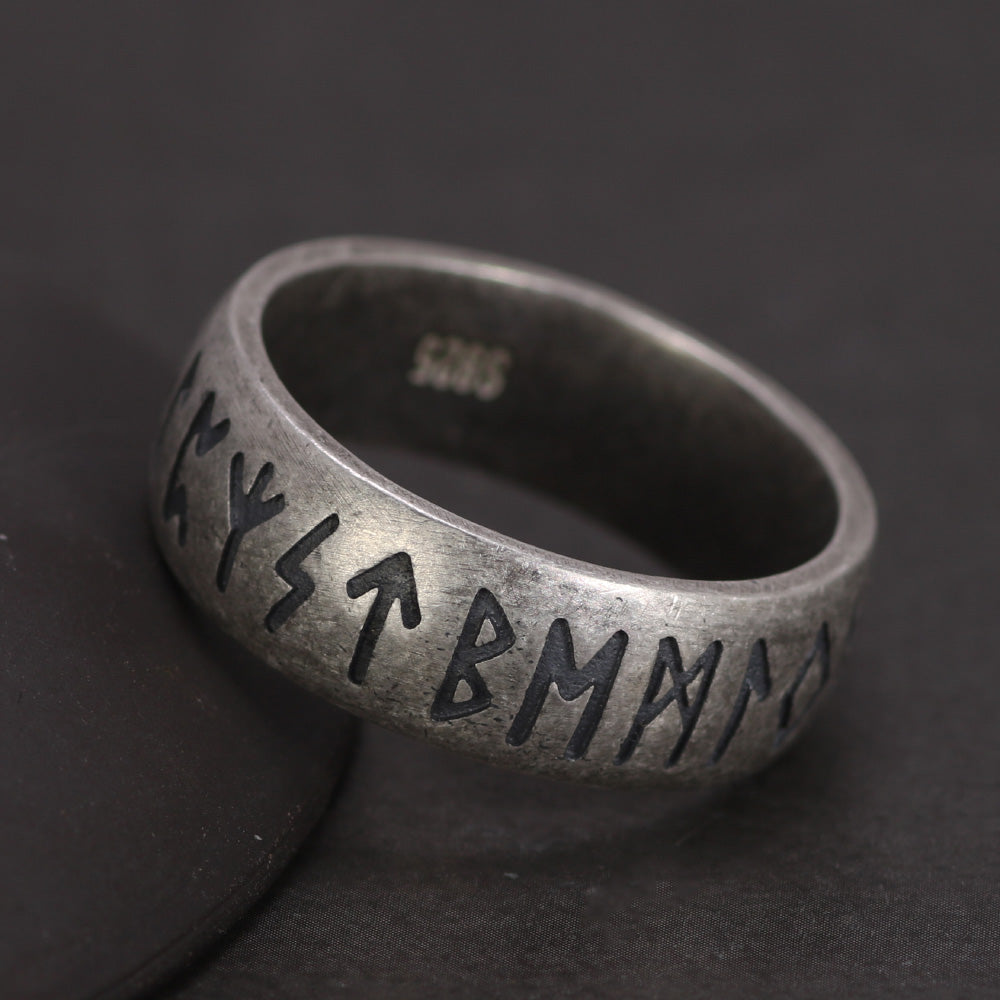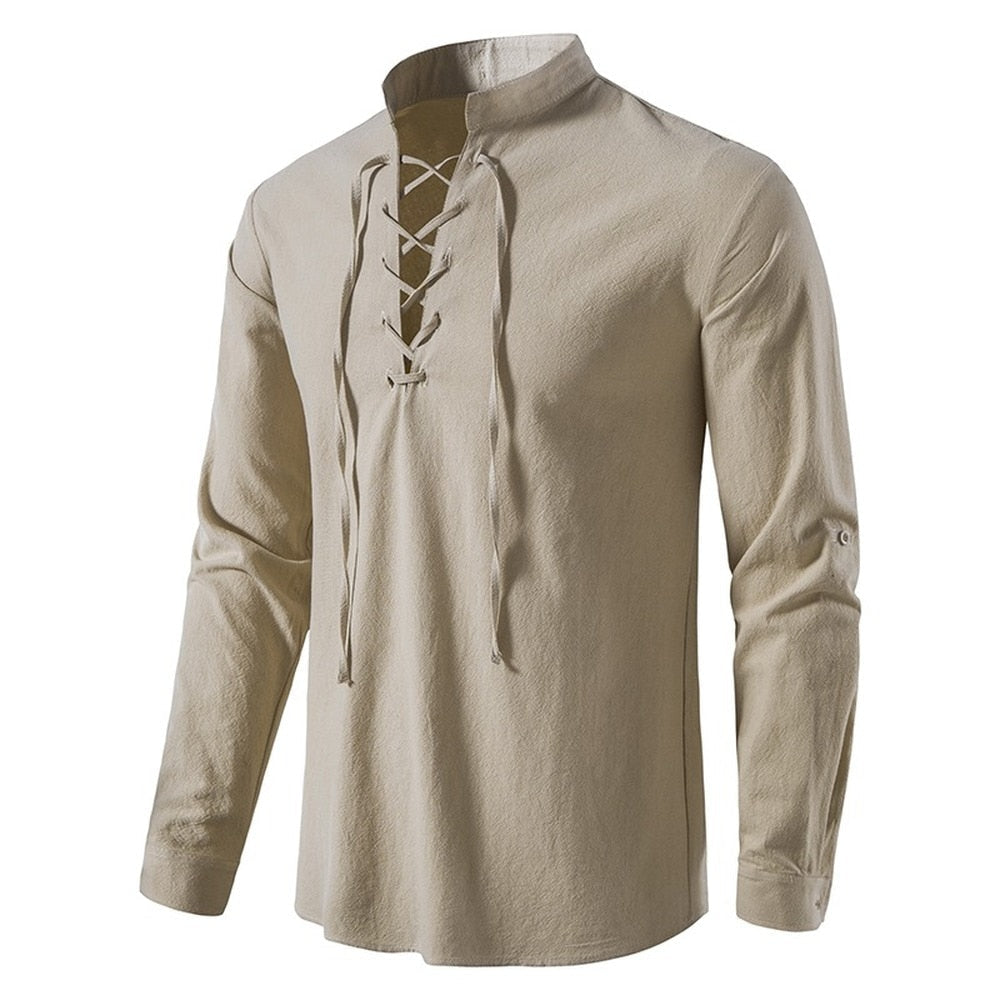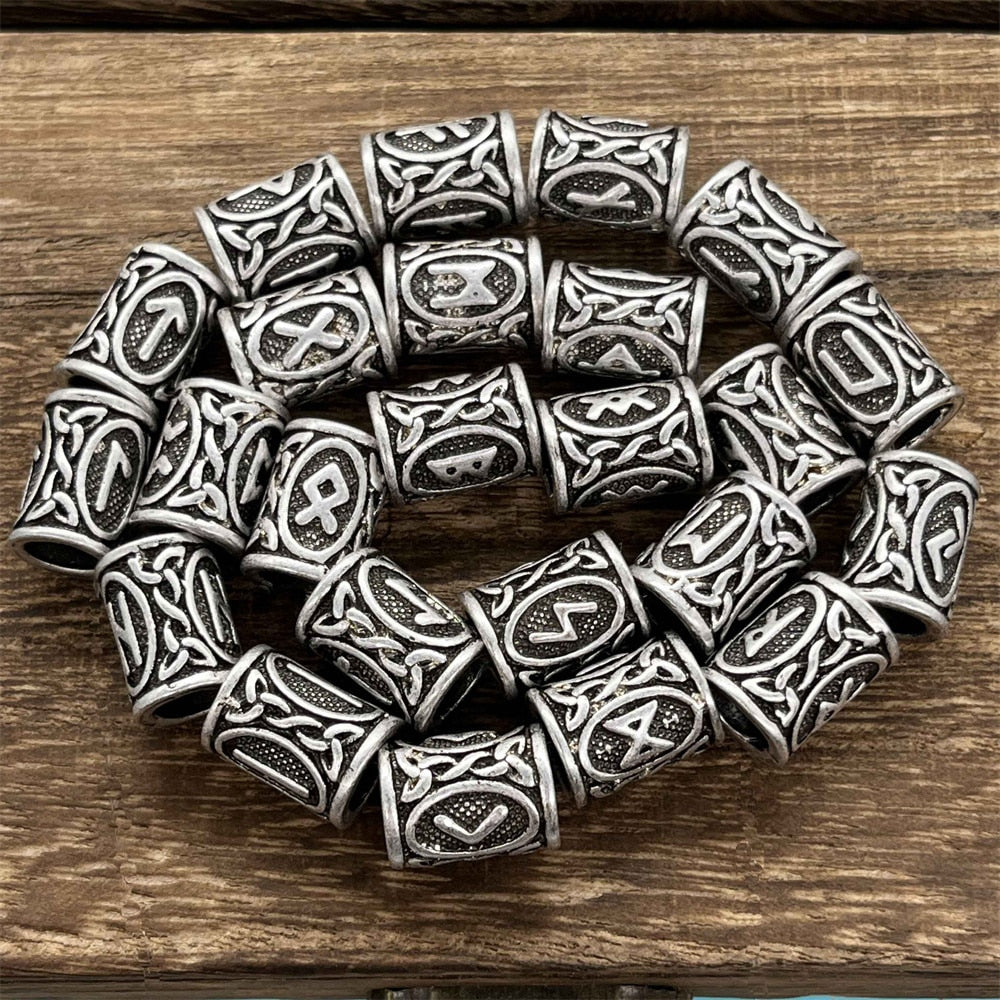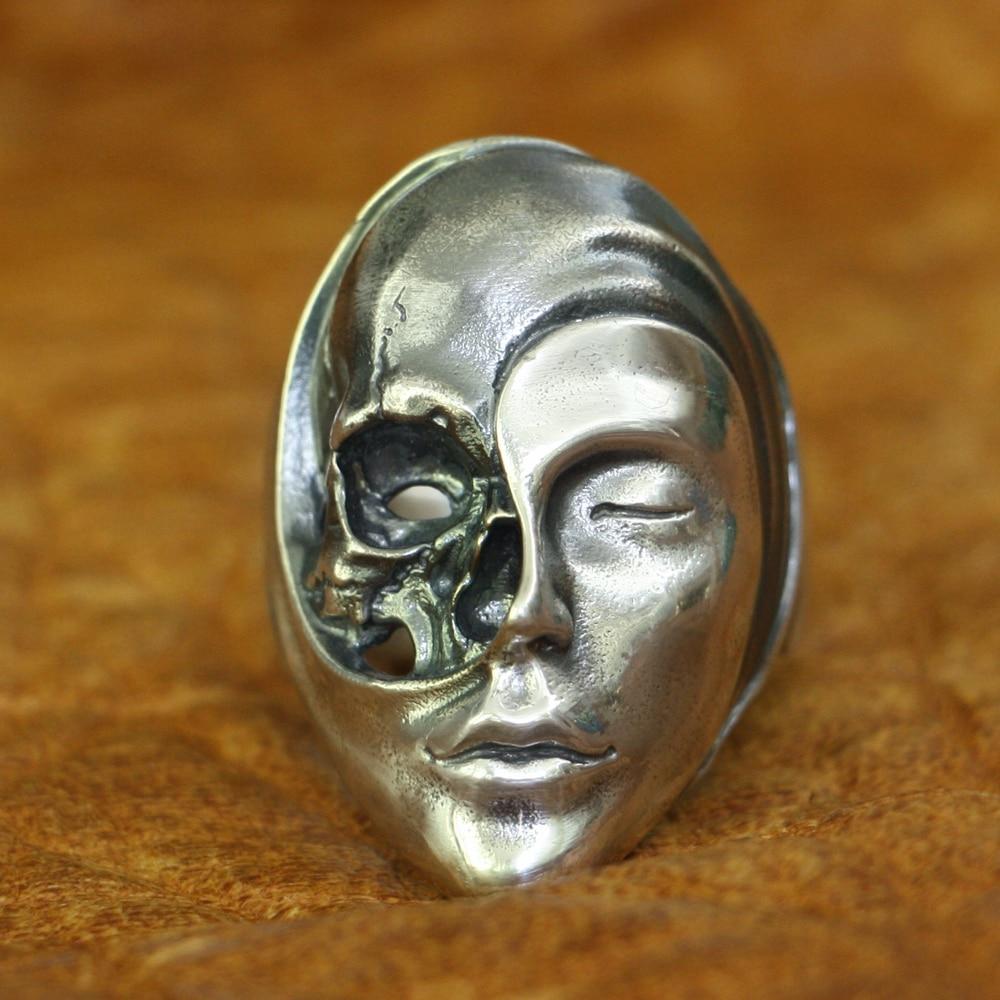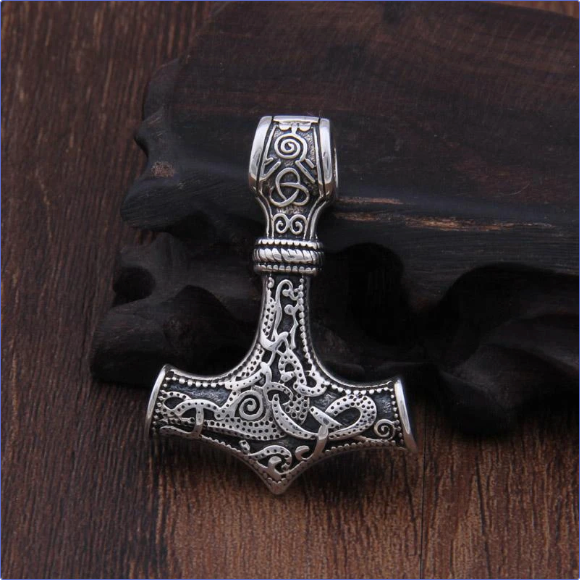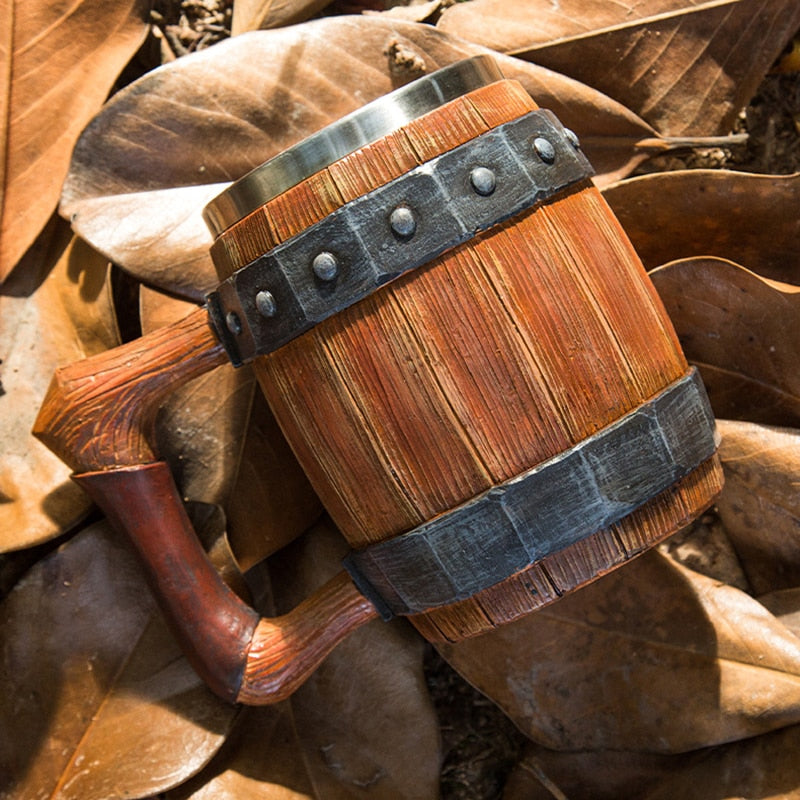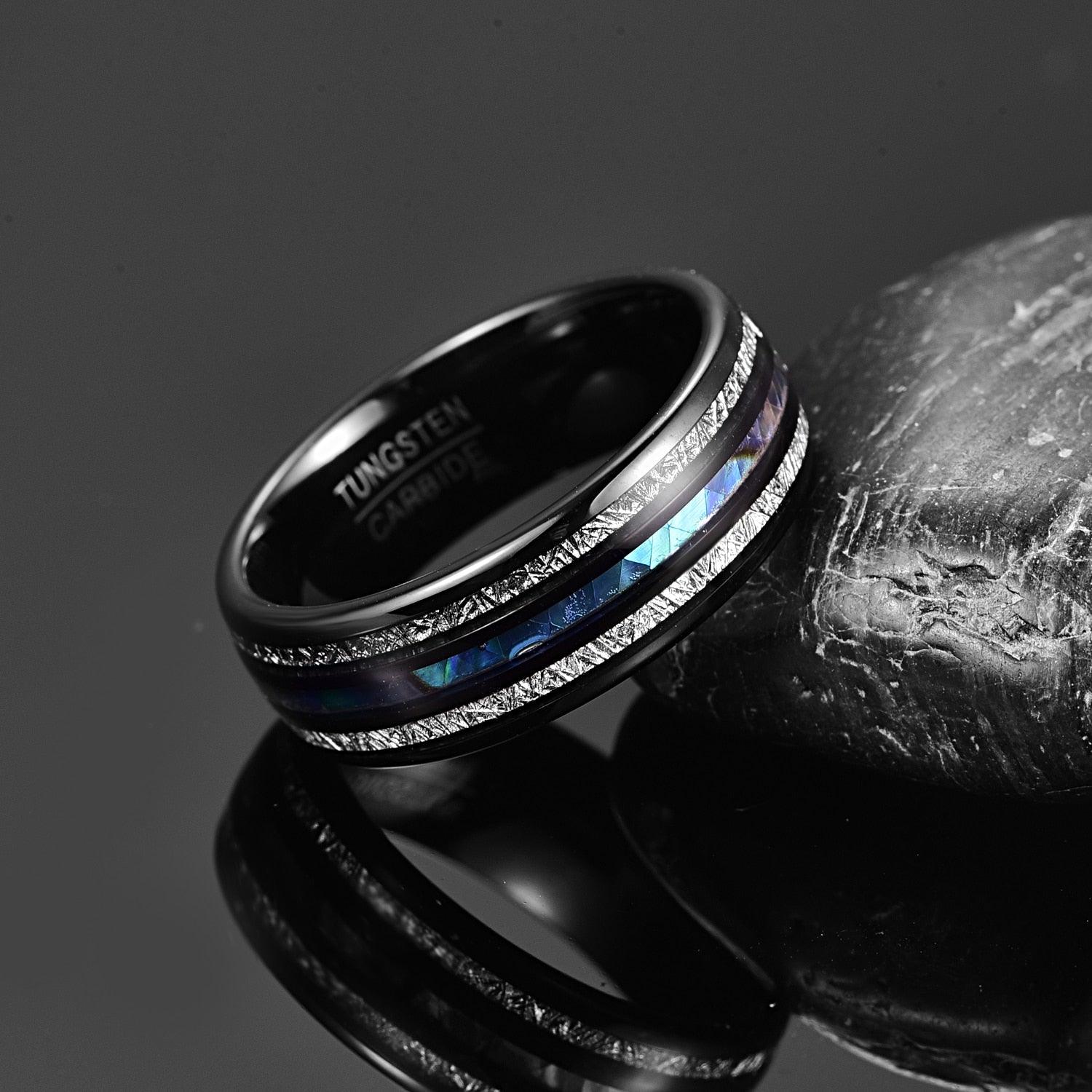In the shadowy world of Icelandic folklore, few figures loom as large or as terrifying as Grýla—a towering ogress who descends from the mountains each Yule (Christmas) to prey on misbehaving children. With hooves for feet, multiple tails, and a taste for human flesh, Grýla has haunted Icelandic imaginations for centuries. She is not merely a monster, but a cultural symbol reflecting the harshness of Icelandic winters, the value of good behavior for children, and that the traditions dating back from the Viking Age are alive and well in the XXI Century.

Grýla’s roots go back to the 13th century, first appearing in medieval texts such as the Prose Edda, though in those early stories she wasn’t yet connected with Christmas or child-eating. Instead, she was portrayed simply as a repulsive troll woman, living in the mountains, sometimes causing trouble for humans.
The transformation of Grýla into the holiday figure we recognize today came much later. By the 17th century, she became associated with the Icelandic Yule season and took on the gruesome role of a cannibal. According to folklore, Grýla would leave her mountain cave during the dark days of December to hunt for naughty children, whom she would boil alive in a cauldron and eat for supper. Her appetite was insatiable, and she was said to be able to detect bad behavior all year long.
Grýla’s Family of Horrors
Grýla isn’t alone in her dreadful work. She is the matriarch of a monstrous family that includes her lazy third husband, Leppalúði, her giant black cat, the Yule Cat (Jólakötturinn), and her thirteen mischievous sons, known as the Yule Lads (Jólasveinar).
Each Yule Lad has his own peculiar habit—like Spoon-Licker, Door-Slammer, or Sausage-Swiper—and arrives one by one in the 13 days leading up to Christmas. While the Yule Lads were once as terrifying as their parents, over time, they’ve evolved into more humorous, mischievous figures, akin to Santa’s elves, even leaving small gifts for well-behaved children – and rotten potatoes in the shoes of naughty ones, with their origins rooted in the same ominous morality as Grýla’s: behave, or suffer the consequences.
The Yule Cat, too, is part of this cautionary tale. According to legend, it devours those who don’t receive new clothes before Christmas Eve—a tradition that may have evolved to encourage industriousness during the shearing and weaving season.

Cultural Significance
Grýla’s fearsome story reflects not only Iceland’s wild landscape but also its history and social norms. For centuries, life on the island was unforgiving. Winter could mean starvation, illness, and death. In such an environment, folklore served a dual purpose: entertainment and instruction. Grýla became a tool for instilling discipline in children—a kind of monstrous stand-in for the "naughty list" used by Western Santa Claus stories.
But Grýla is no jolly figure. She’s a harsh enforcer, a grim reminder of the consequences of selfishness and laziness. As the Icelandic writer Alda Sigmundsdóttir notes, “She is a very different creature from Santa Claus. She does not bring gifts. She brings fear.” In this way, Grýla might be seen as a cultural coping mechanism—a way to personify and process the dangers of Iceland’s unforgiving winters.
Grýla in Modern Iceland
Despite her terrifying past, Grýla has experienced something of a cultural revival in recent years. She appears in parades, festivals, children’s books, and even tourist attractions. In Reykjavík, statues of Grýla and her family draw curious visitors, while her story is often told at Christmastime, though usually in a softened, child-friendly version.

The Power of Folklore
Grýla’s enduring popularity speaks to the power of folklore as a living tradition. Her story has evolved over the centuries, shaped by changing values and cultural influences. From medieval troll to Christmas cannibal, Grýla reflects not only Iceland’s folklore but its resilience, creativity, and humor.
Grýla’s legend lives on because she taps into something primal—our fear of the unknown, our struggle with morality, and our awe of the natural world. Whether seen as a monster or a misunderstood anti-hero, she continues to haunt and inspire Icelanders and folklore lovers alike. In the icy heart of winter, as the days grow short and the nights grow long, the tale of Grýla reminds us that stories are more than entertainment—they are tools of survival, carved into the collective memory of a people forged by fire and frost.
References
Sigmundsdóttir, Alda (2012). The Little Book of Icelandic Monsters. Reykjavik: Little Books Publishing. ISBN: 9789935914500
Lindow, John (2001). Norse Mythology: A Guide to the Gods, Heroes, Rituals, and Beliefs. Oxford University Press. ISBN: 9780195153828
Gunnell, Terry (2007). “The Origins of the Icelandic Yule Lads.” In Northern Myths, Modern Identities: The Nationalization of Mythologies in Northern Europe, 1800–2000, edited by Simon Halink and Timothy R. Tangherlini. ISBN: 9789061687810
